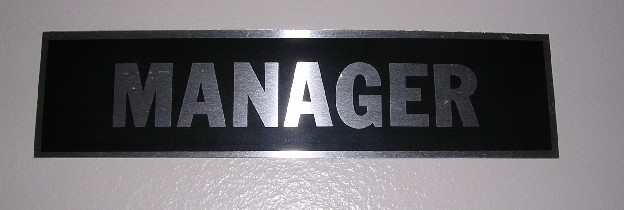Managing autonomous teams, or Super7 teams, requires a different management style than managing regular teams. Here’s part two of the key do’s and don’ts from my practice as a Lean Super7 consultant. When your department introduces Super7 Operations, or other forms of autonomous teams, this may help you to adapt to the new situation you’ll face as a manager.
This week: protecting the boundaries of the team – with more than one different meaning of the word boundaries.
Do: actively manage the boundary conditions, keep optimizing
A manager can improve on performance by setting and adjusting the boundaries. As a manager, you are responsible for how much resources can be used to finish the task. You set the boundaries, for instance on how much flex-hours can be used this month. But don’t get complacent if everything keeps running smooth: too much green lights is also bad. Green lights tell you that everything is perfect, while there is always room for improvement.
Don’t: overload the system, prevent overburden (or in Japanese Lean-speak: Muri)
In many classical operations departments, managers used rigid controls, like hourly standardized work packages. These confine creativity and hinder team work, but they protect the employees also from over-burden. A Super7, or any autonomous team, won’t have this protective cage. Keeping the workload manageable is your responsibility as a manager. A team with performance that is up to par (i.e. 100% productivity in productive time and less than 20% unavailability) should be able to get the work done within the time they have. If they can’t finish on time day after day, you may have under-capacity. You as a manager should protect your team from overburden.
Do: Offer help by adding flex capacity from within the boundaries of Super7, rather than by adding extracting people from other Super7’s.
A recent study into Super7-effectiveness show that help by asking a team member to come back from home is better that help by asking a team member of another team to step in. Help from within their own team is appreciated more, and increases the team bond. With flexible (min/max) contracts, it is possible to increase available capacity without adding people to the group. An unexpected study result it may be, but it appears that a strong independent Super7 team is better than two Super7’s that work closely together.
Hope you enjoyed this part II – part III will follow shorty.
Menno R. van Dijk.


